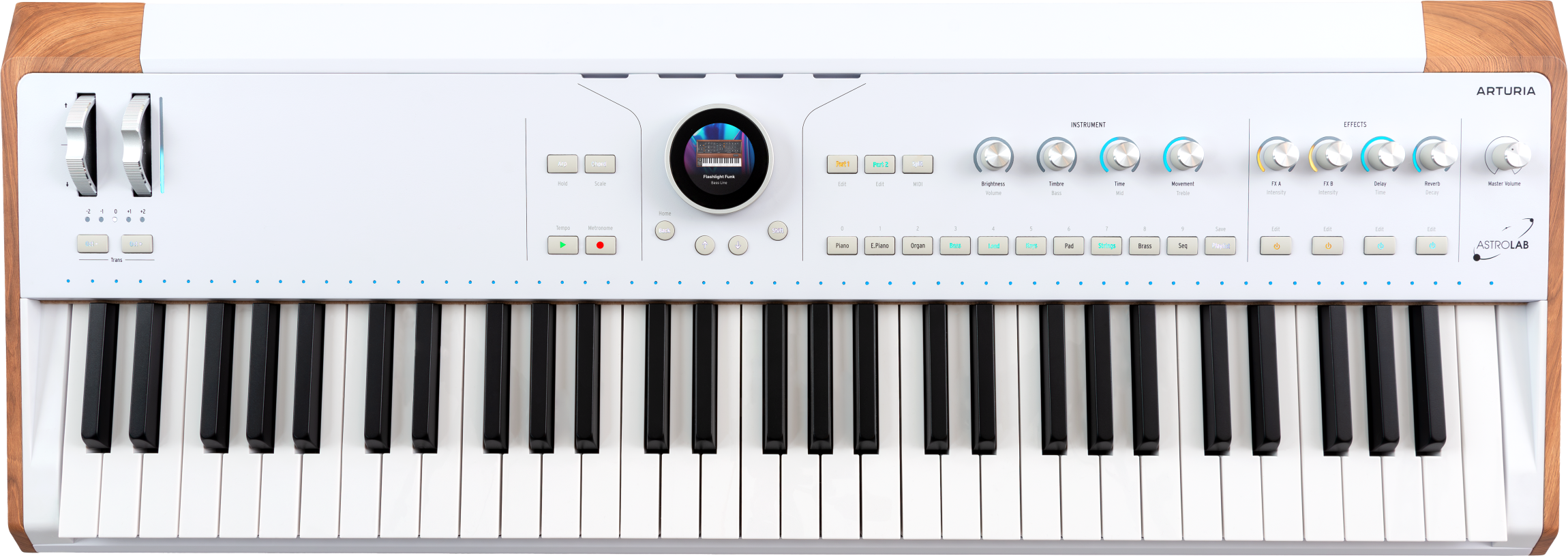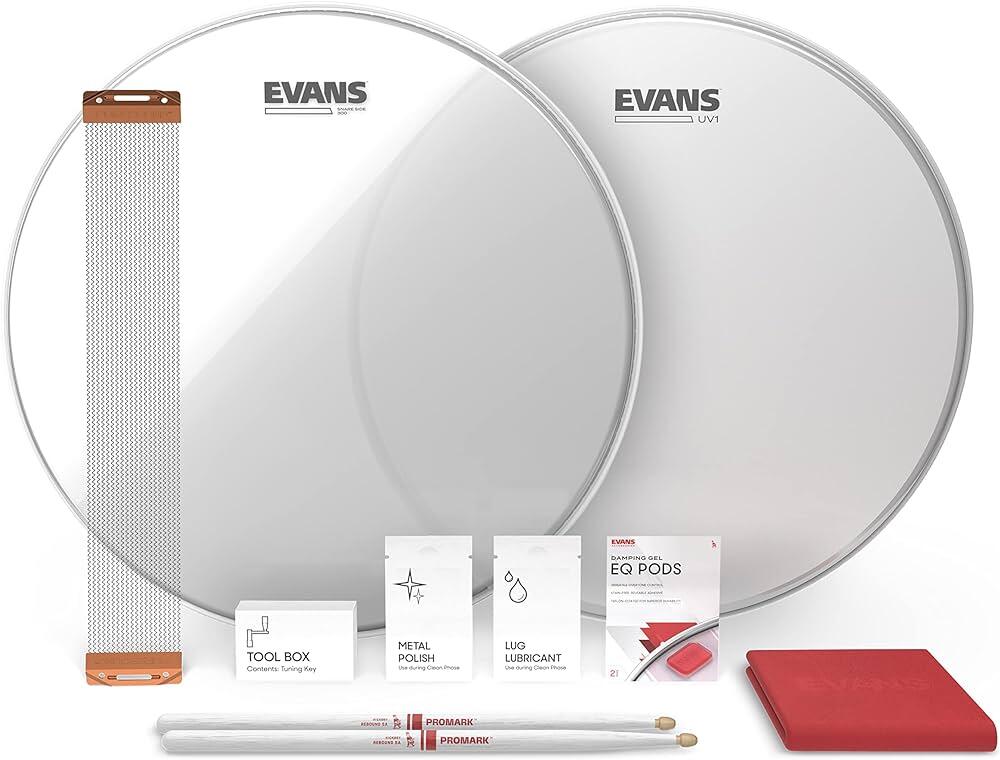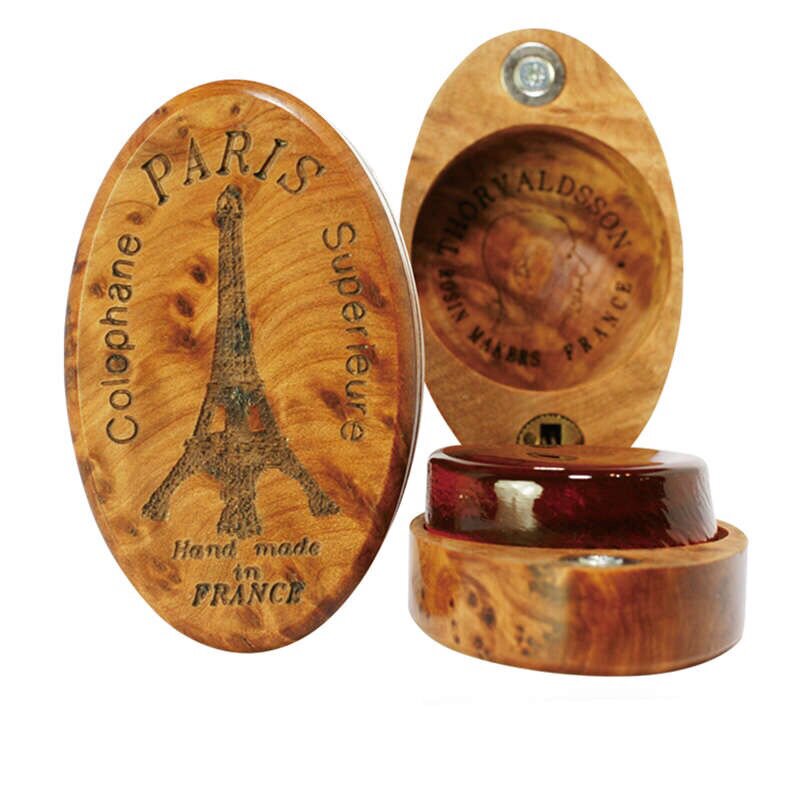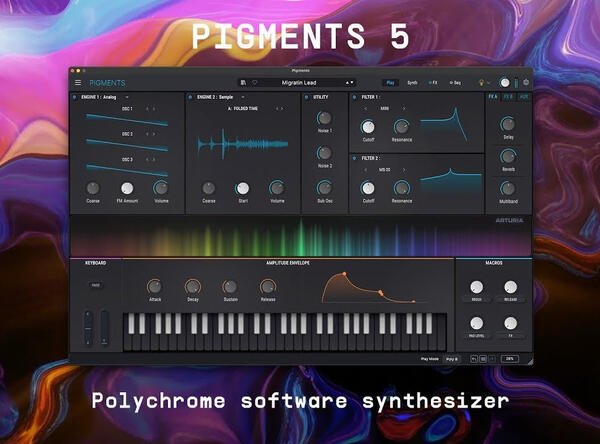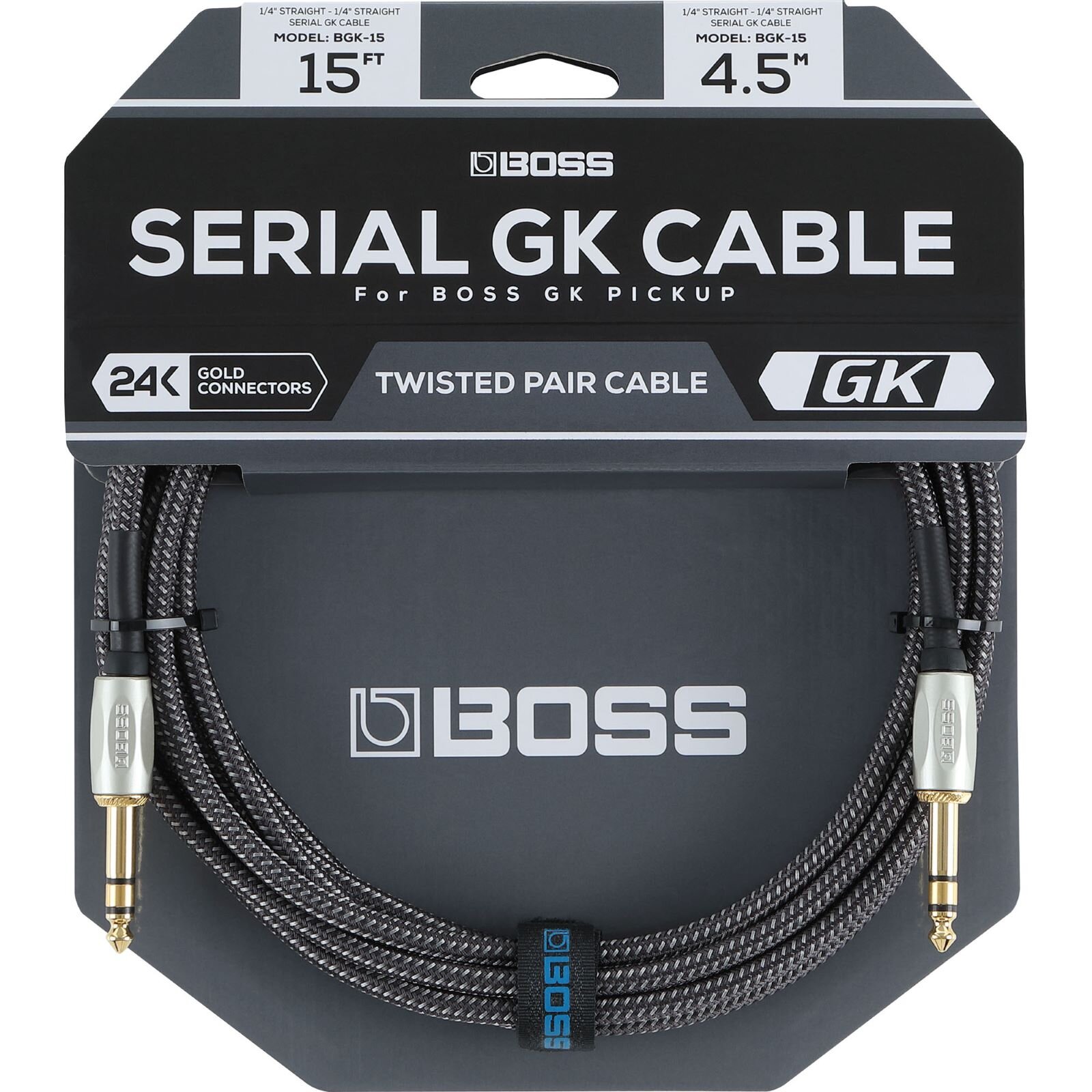Table of contents :
The kalimba is a small instrument native to Africa where it is also called mbira. It is very easy to play the kalimba. Its sounds are sweet, melodious and magical.
When you play the kalimba, your mind soars to distant lands or heavenly worlds, traveling from note to note, through chords, just by vibrating the slats under your thumbs.
The Kalimba is a percussion instrument
The body of the kalimba, made up of a wooden sound box, vibrates with each movement of the metal strips which are fixed on the top. It is a lamellophone , a percussion instrument that is part of the idiophone family.
To play the kalimba, you just need to hold it between your two hands, with your thumbs on top and the rest of your hands wrapping around the sides or even the back of the instrument. You can also put the kalimba on a table or stand if the sound box is flat and play with all your fingers if you wish. Sometimes the sound box has one or two holes that you can cover with your fingers depending on the sound you want to emerge.
Basically, the kalimba is an intuitive instrument that accompanied, and still accompanies, the song and words of African griots and storytellers.
You can play it solo or in a group .
In the West, kalimba models can have the notes engraved on the iron slats , which makes it easier to learn famous songs and pieces of music. You can easily tune the notes of the blades using a small tuning hammer and a digital tuner. Tabs, kinds of scores for kalimba, and methods for kalimba are also available in our store.
A very versatile and easy to integrate lamellophone
The kalimba is a simple instrument to use. It is very intuitive and can be used as a basis for musical awakening . The kalimba is also very popular for creating intimate atmospheres during relaxations, sound meditations or to accompany songs and spoken words.
We have more than 40 kalimba models in our store that you can order online or come and try on site. Some kalimbas offer more earthy journeys and others more celestial explorations.
Do not hesitate to come visit us or give us a call!
Live the Music! And see you soon!
To learn more, discover our blog article on the origins of the kalimba .

